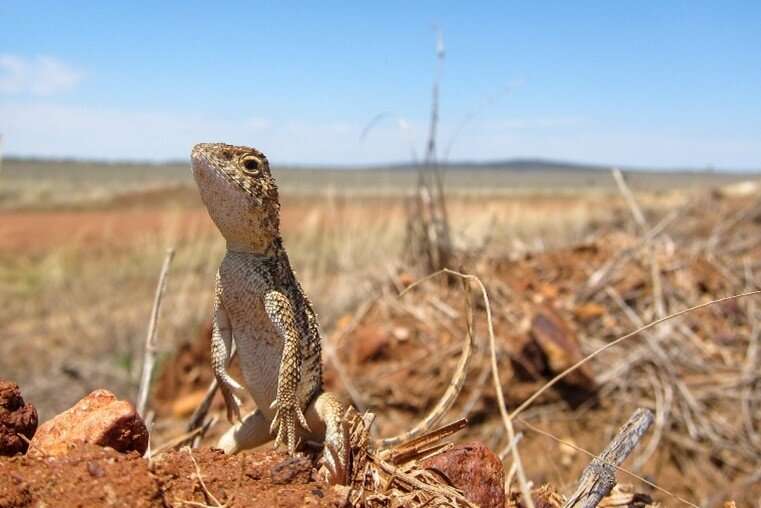How best to focus efforts on classifying new species to prevent their extinction?

Many organisms in need of conservation are still unknown or lumped in with similar species, which potentially interferes with conservation efforts. In a new study published June 1 in the Open Access journal PLOS Biology, Jane Melville of Museums Victoria, and her colleagues present a new "return-on-investment" approach to best direct efforts to identify new species before they are lost.
Humans have had a profoundly destructive impact on global biodiversity. However, this loss of biodiversity may be even greater than scientists have realized, due to the unknown number of undocumented species. Before a species and its habitat can be preserved, though, it must first be identified and described by specialized scientists called taxonomists. But with so many species at risk, where should taxonomists focus their limited time and resources?
In the new study, researchers devised a method to determine which groups need taxonomic documentation to support conservation efforts. The approach compares the human effort and cost of identifying and classifying a group of species with the likelihood of finding a previously unknown species that is at risk. They demonstrated the usefulness of their approach using a highly diverse group of Australian lizards and snakes. Out of the 870 reptile species they assessed, about one third were poorly classified, and 24 species needed better classification to facilitate conservation.
Globally, there is a significant backlog of species awaiting description across most organismal groups, largely due to the lack of resources to undertake taxonomic projects. The new study presents a framework for taxonomists and wildlife managers that can be applied to almost any group to prioritize species needing immediate taxonomic documentation. The researchers hope this approach will help to save more at-risk species before they silently go extinct.
Dr. Melville notes, "We can't put effort into conservation of a species if we don't know it exists. Taxonomy allows us to identify these species and put a name to them so we can act before they are lost. Describing these as new species will allow conservation assessments to be undertaken to ensure they can be protected."
More information: Melville J, Chapple DG, Keogh JS, Sumner J, Amey A, Bowles P, et al. (2021) A return-on-investment approach for prioritization of rigorous taxonomic research needed to inform responses to the biodiversity crisis. PLoS Biol 19(6): e3001210. doi.org/10.1371/journal.pbio.3001210
Journal information: PLoS Biology
Provided by Public Library of Science




















